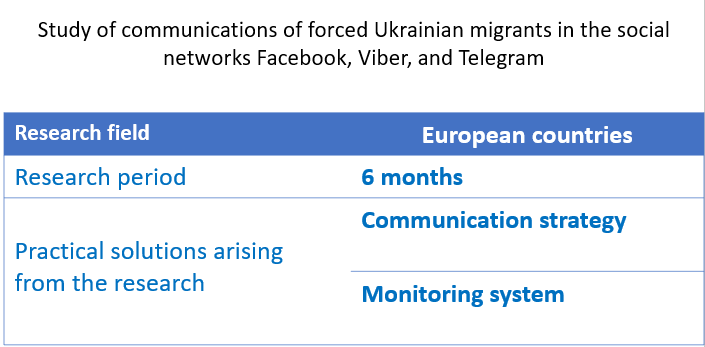Join the research that will help motivate Ukrainians to return home
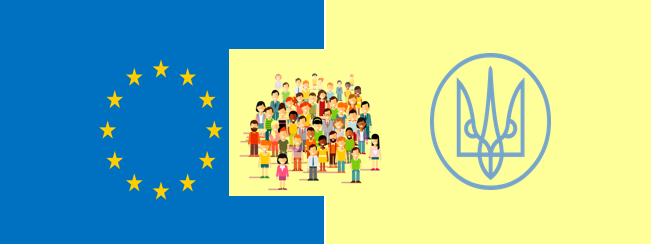
PROBLEM STATEMENT
As a result of the mass emigration of Ukrainians, the risk of depopulation in Ukraine is increasing. The processes of adaptation abroad are weakening Ukrainians’ national identity and their motivation to return — even if security issues within Ukraine are resolved.
The current task is to retain Ukrainian forced migrants within the Ukrainian socio-cultural space through the development of systematic communications with the diaspora.
News content and the nature of personal communication within information bubbles distort the objective picture of life in Ukraine, negatively affecting the motivation for repatriation.
Due to the lack of comprehensive communication between Ukrainian institutions and forced migrants, the gap in social ties between them is deepening.
However, the development and implementation of a comprehensive communication strategy requires specialized research.
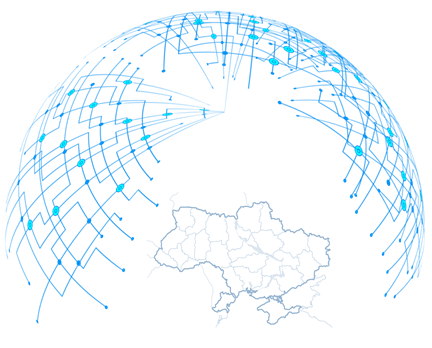
General Project Description
We conducted a pilot study of communications within Ukrainian groups created on the social network Facebook in Germany, Poland, and the Czech Republic—countries that have received the largest number of Ukrainians.
The results confirmed the feasibility of conducting a broader study that would include other countries and the most commonly used social networks for such communication: Facebook, Telegram, and Viber.
Most current studies of migrants rely on direct surveys, where researchers set the direction and framework of responses, and respondents describe their possible actions in hypothetical situations. In contrast, our study examines spontaneous communication within a network community, capturing descriptions of real processes and identifying communication patterns that emerge in spontaneous interactions. This approach allows us to track the most frequently used narratives and highlight the most important discourses from the perspective of the target audience itself.
The results of such research will significantly enhance the understanding of processes occurring within the diaspora.
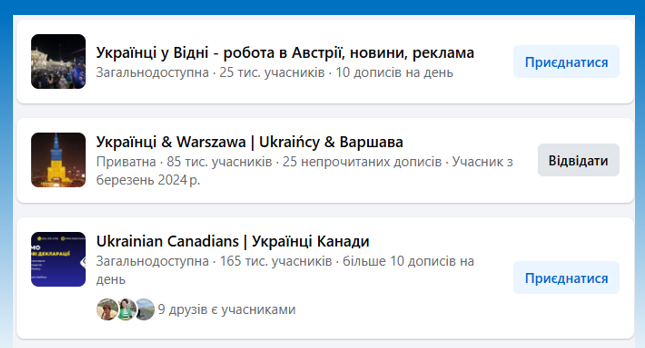
Goals and objectives
Goals:
- Conduct a structural, quantitative, and qualitative analysis of the communication field
- Identify the thematic structure of the communication field
- Create a registry of Ukrainian national groups
- Classify the discourses and narratives used by communication participants
Tasks we aim to address through this research:
- Define the field for systematic monitoring
- Develop analytical tools and regulations for the monitoring and analytical system of the communication field
- Prepare technical specifications for the use of AI in monitoring and preliminary data analysis
- Identify the sectoral structure of the communication field
Practical solutions arising from the research:
- Development of a communication strategy targeted at the Ukrainian diaspora
- Development of tools for systematic monitoring and analysis of the feeds of national Ukrainian groups on social networks
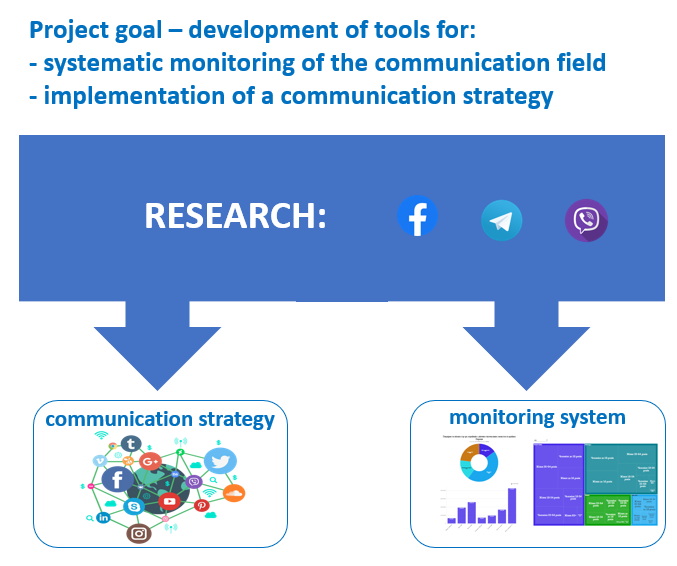
Target audience
The research results are intended to be used in communication policies targeted at the primary target audience — forced Ukrainian migrants.
However, the development and implementation of practical solutions arising from the analysis of the research results require the involvement of governmental, public, international, and professional institutions in communication activities aimed at forced Ukrainian emigration.
Therefore, the target audience to whom the research results should be communicated also includes institutions at various levels.:
- International and governmental institutions
- Public and civil society organizations
- Local communities
- Professional associations
- Diaspora and Ukrainian communities abroad

Core target audience

Forced Ukrainian migrants

Diaspora

The Ukrainian diaspora and displaced persons who have chosen permanent residence abroad

Institutions
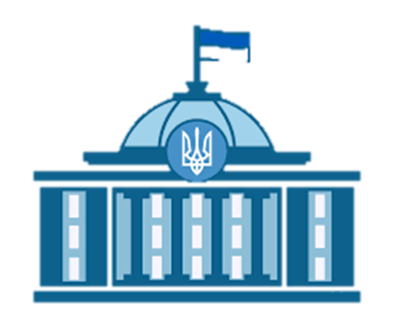
Ukrainian and international institutions supporting the repatriation of Ukrainians
Methodology
The methodology is based on contextual analysis methods and combines elements of structural, quantitative, and qualitative analysis, using mathematical models.
Structural analysis involves organizing the list of Ukrainian groups on social networks according to their characteristics and entails identifying the thematic structure of the communication field.
Quantitative analysis allows for determining and ranking the thematic structure of the communication field based on the frequency of mentions of certain topics in posts and comments. Through a mathematical model that counts likes, comments, and shares, indicators of the target audience’s reactions to relevant topics, narratives, and discourses are calculated.
Qualitative analysis examines the content of posts and comments that elicited the strongest reactions from the target audience. This helps identify the most sensitive topics, discourses, and narratives.
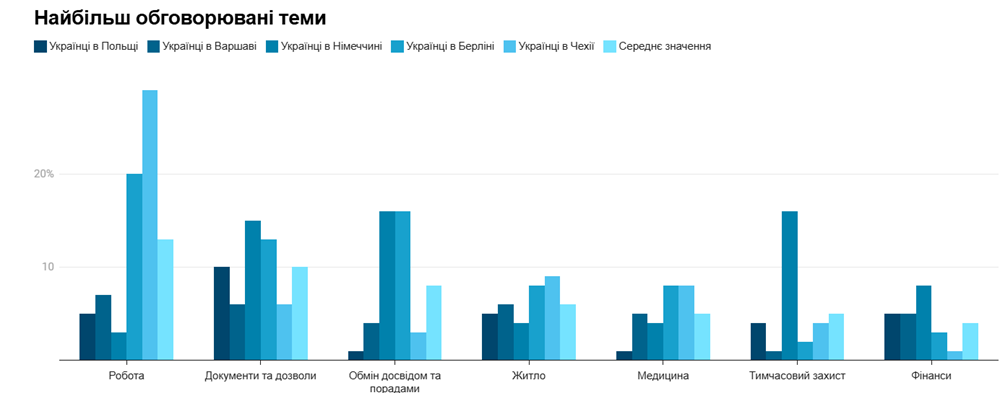
Products developed based on the research results
Communication Strategy
The proposed idea of the communication strategy is to implement direct communication between Ukrainian institutions and participants of Ukrainian groups created on social networks.
This strategy involves building systematic horizontal communication channels between governmental and public institutions and citizens residing abroad.
The research defines the sectoral structure of the communication field, which will enable the involvement of relevant specialists in horizontal communications with migrants.
Engaging specialists and representatives of institutions in communication with citizens on social networks will introduce professional arbitration into the communication process, enhancing its quality and effectively countering misinformation.
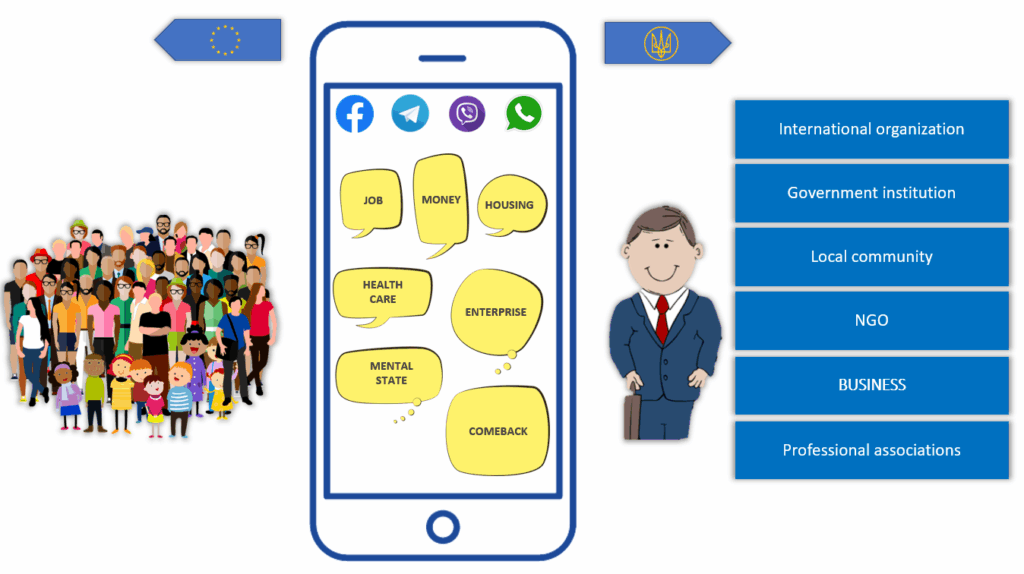

Monitoring System
For a systematic study of migrants’ opinions within groups created on social networks, it is advisable to launch a monitoring system that will operate on a continuous basis.
The monitoring system will track discursive changes in the communication field and generate preliminary data analysis. The results of in-depth data analysis should be provided to institutions whose areas of interest include the Ukrainian diaspora.
The research will enable the development of the architecture for such a monitoring platform, which envisages extensive use of artificial intelligence capabilities.
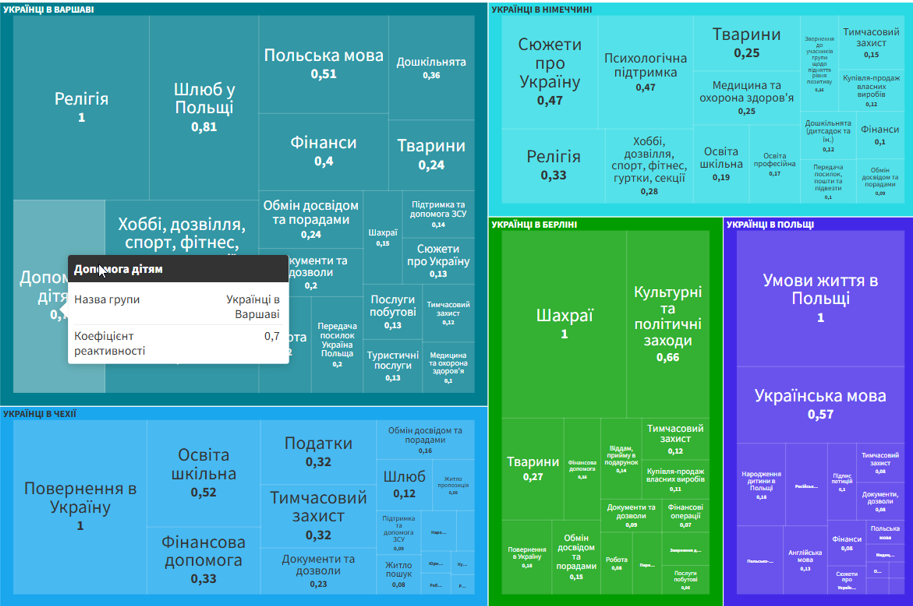
Partnership Proposal
About Collaboration
We invite you to consider participating in the study of the digital communication field of forced Ukrainian migrants within Ukrainian groups created on the social networks Facebook, Viber, and Telegram.
The pilot study was developed and conducted independently and funded by our own resources. Therefore, we can guarantee full fulfillment of our commitments within the agreed deadlines.
The research we propose is innovative, and its methodology and prospects for further development in this unique demographic situation may hold high scientific value. Studying the communication field of forced Ukrainian migration is of critical importance to both society and the state.
Long-term practical solutions emerge from this research. Thus, the project we offer is sustainable.
